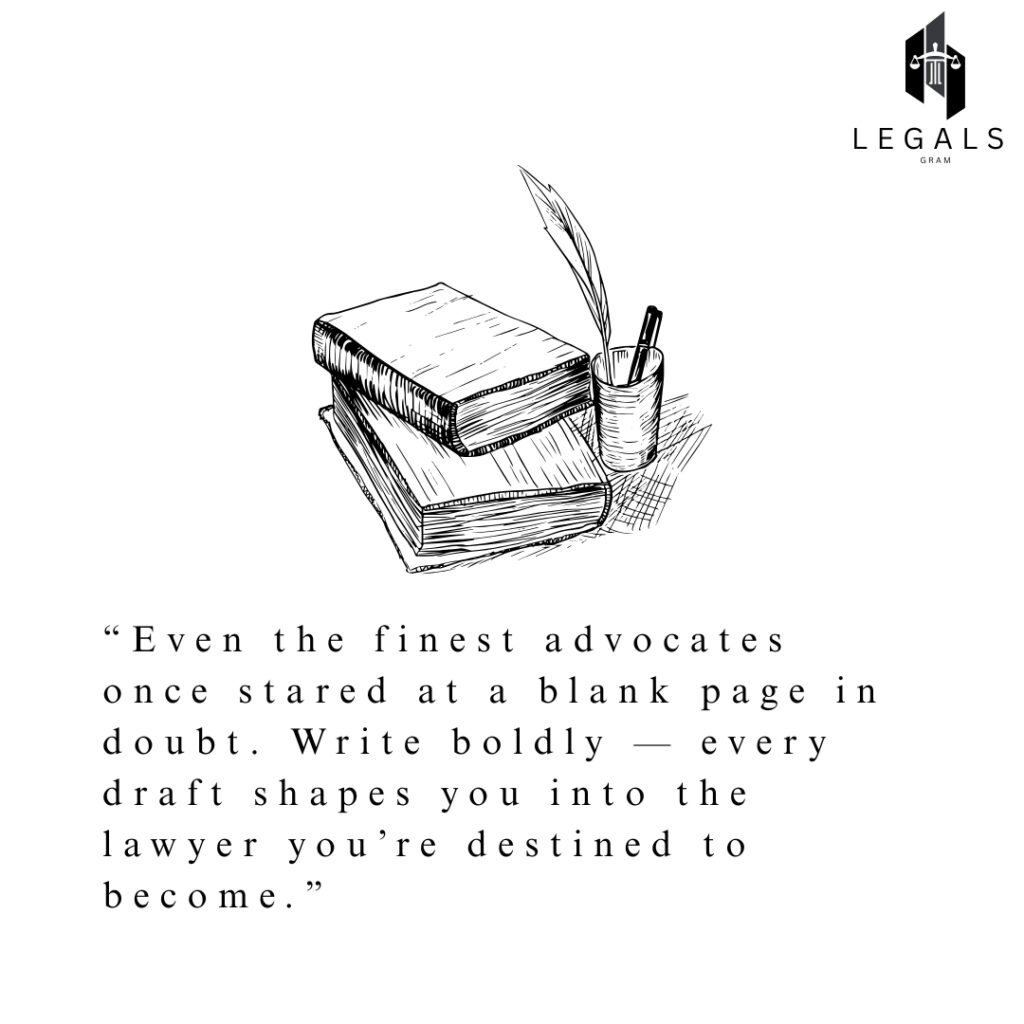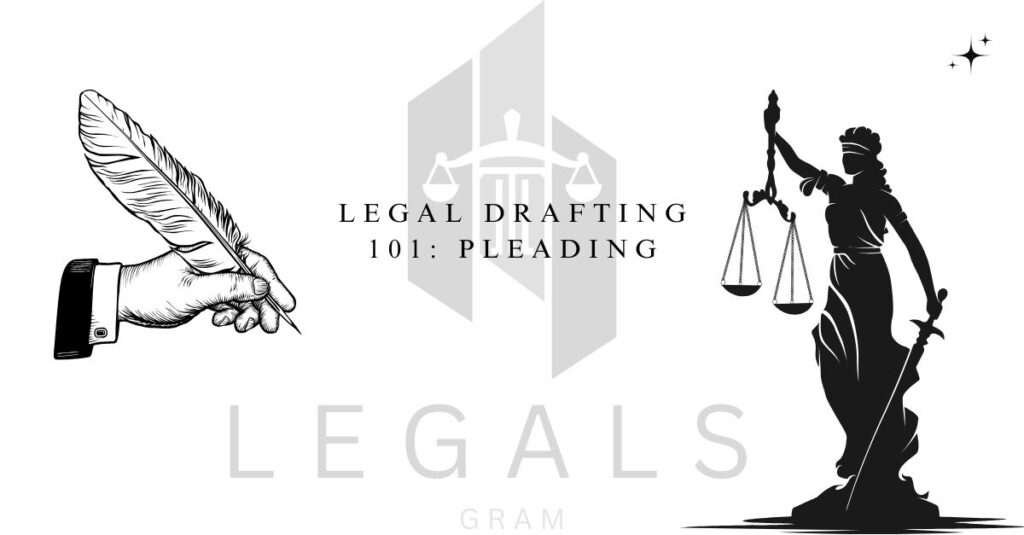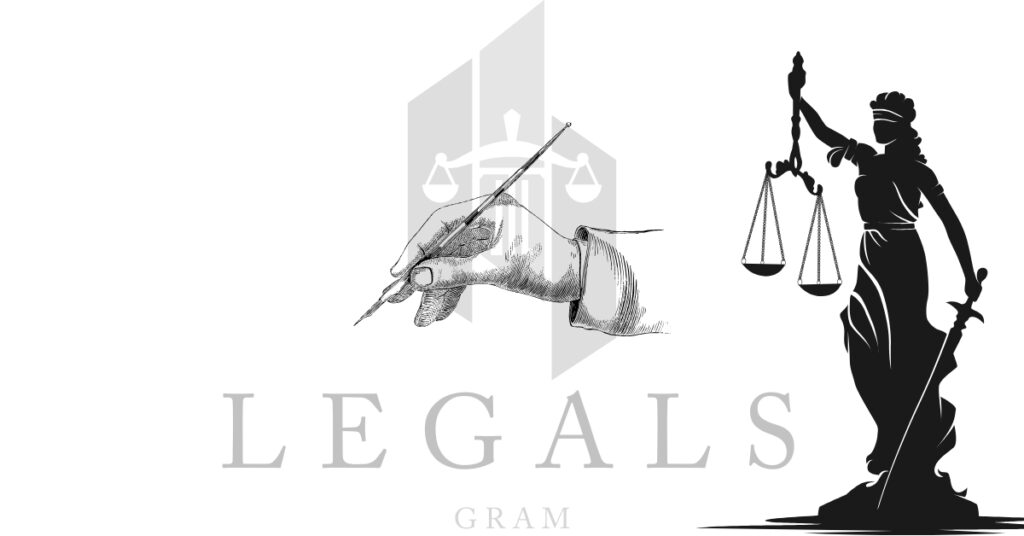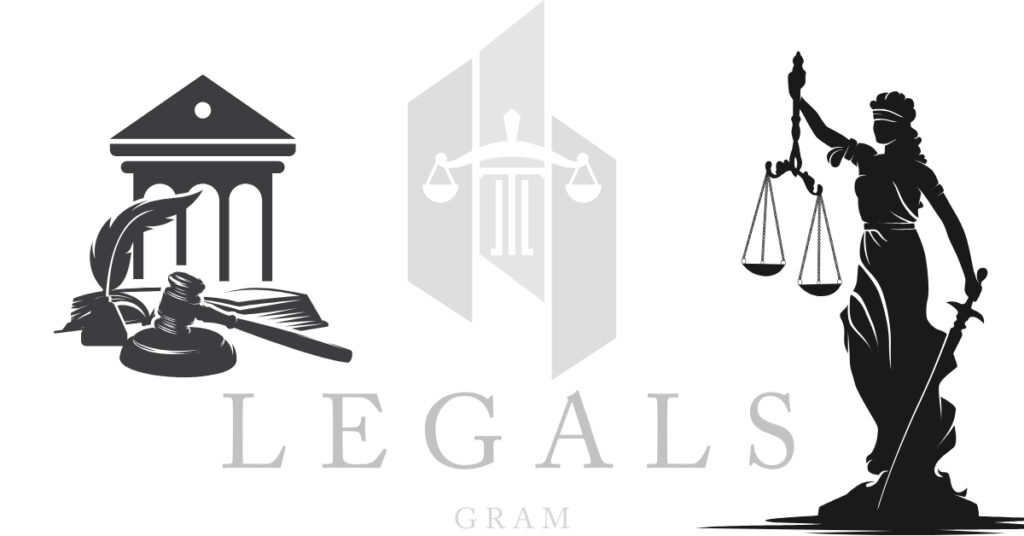Pleading is like acquiring a foreign language. You are there at the desk, looking at the blank paper, wondering where to begin. The upshot of making a mistake? Heavy.
What Is Legal Pleading?
Your initial action in court is a pleading. It is the one that initiates your case or answers an allegation of another person. Consider it as your story in legal expressions.
Common pleadings are:
- Complaints (initiating a litigation)
- Respondents (response to complaints)
- Motions (requesting the court to act)
- Counterclaims (striking back with your claim)
The Golden Rules of Pleading
Be Clear, Not Clever
Your pleading isn’t a poetry contest. Judges want facts, not frills. Tell it like you are describing to a smart buddy.
Bad: The outrageous behaviors of the defendant triggered irreparable harm. Good: “The defendant’s actions left permanent damage.”
Follow the Format
There are rules in every court. Some desire particular fonts. Others require some margins. Break these rules? Your pleading might get tossed before anyone reads it.
Read your local court rules. They are normally online. Print them off. Keep them near.
Tell Your Story in Order
Begin with the first thing that occurred. Then go forward in time. Do not jump around. Confusion kills cases.
The Parts Every Pleading Needs
Caption
This is at the top. It shows:
- The court you are in
- Case number
- Names of parties involved
- Document type

Statement of Facts
Here you can share your story. Just stay with things you know you can prove. The opinions and feelings must be skipped.
Legal Claims
Name the laws they breached. Be specific. “They have broken contract law” isn’t enough. Tell them what contract conditions they breached.
Relief Requested
What do you want the court to do? Award money? Prevent someone from doing something? Be well-defined on what you want.
Common Mistakes That Kill Cases
Being Too Vague
“The defendant behaved badly” reveals nothing. How about when this occurred? What was it that they did? Details matter.
Including Too Much
Your pleading isn’t your entire case. Keep some bullets on reserve. Have plenty, but not too much, to demonstrate that you have a right on your side.
Emotional Language
The court couldn’t care less whether you are devastated or outraged. Keep it cold and hard facts.
Missing Deadlines
File late? You may lose before you begin. The court deadlines are strict. No excuses.
The Research Phase
You should know the law before you write. This section is overwhelming. How do you begin?
Find case checks in your locality. Which appeals worked successfully? What failed? Legal databases are useful, although they may prove costly. Access to many law libraries is free.
Writing Your First Draft
Start rough. Write things out. No need to worry about perfect sentences now.
Write the way you talk. Then take it and tidy it up. Make it formal, yet understandable.
Review and Edit
Read your pleading out loud. Is it logical? Could an outsider have interpreted the situation?
Cross-check all the facts. Do you think you can prove it? Otherwise, cut it out.
Identify areas of weakness. What are some of the places the other side can attack? Build up those contents.
Filing Your Pleading
Double-check the court rules one last time. Number your pages. Check your font size. Ensure that you have enough exact copies.
File as early as possible. Commonly, computers crash. Printers jam. Schedule yourself some extra time.
After You File
You have not finished yet. The other party will react. They’ll look for weaknesses in your pleading. Prepare to justify yourself.
The Bottom Line
Good pleading takes practice. The first time, you are not going to be perfect. That’s okay. Each of them tells you something new.
Concentrate on the simple instead of the complicated. There are benefits to telling your story well. Obey the rules. The remaining will follow with time. A Doctrinal Approach to Drafting in Conveyancing Law
Keep in mind: all mighty lawyers began where you are today. Almost lost, perhaps frightened a bit, yet eager to learn. Take it one pleading at a time.



